Hearing the song of a bird in the heart of London is a reminder of how amazing nature is and that it is all around us, if we choose to notice.
From the familiar cooing of a wood pigeon from within the eaves of a plane tree, or a blackbird fluting its tune from atop a lamppost, to the much rarer melody of a visiting nightingale briefly belting out its unbelievably glorious song from deep within a bush, there are numerous birds to look and listen out for in England's capital.
But where are the best places to go birdwatching in London? Canal and riverbanks are a good place to start, then there are cemeteries, public gardens, nature reserves and local parks and estates. Here are a few of our favourite locations.
Best places in London for birdwatching
Abney Park Cemetery
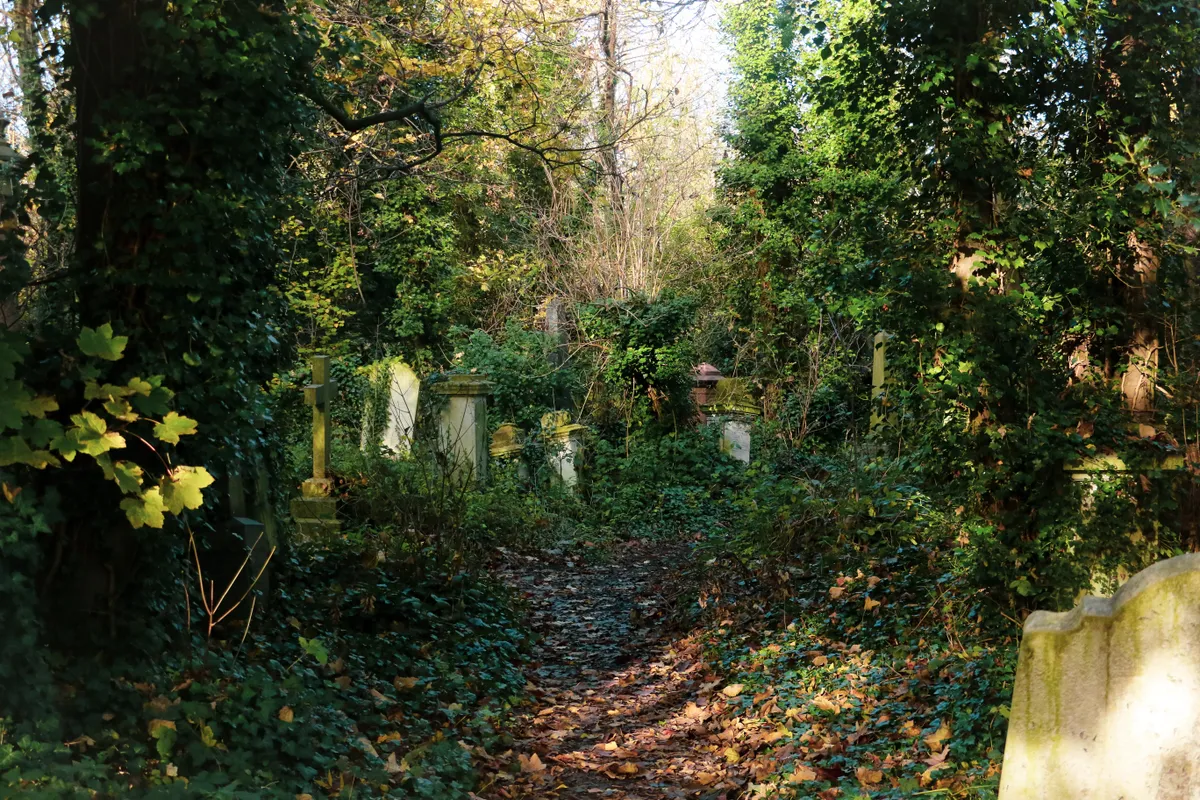
This necropolis is essentially a tract of old woodland. Listen out for drumming great spotted woodpeckers and incredibly loud singing wrens. Willow warblers can be heard singing in spring in Abeny Park Cemetery.
River Lea
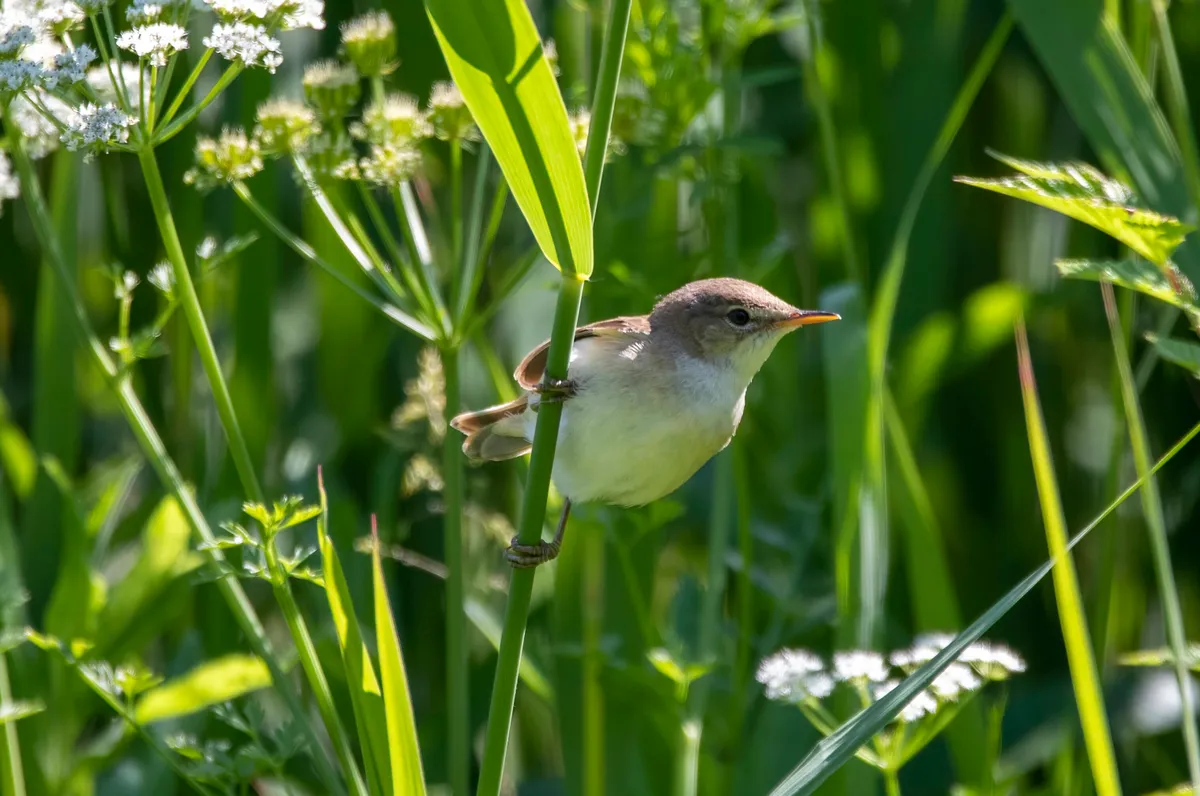
Stretches of the River Lea are bordered by rich riparian vegetation. Try to decipher the repetitive churring song of the reed warbler from its similar-sounding cousin, the sedge warbler.
Kensington Gardens
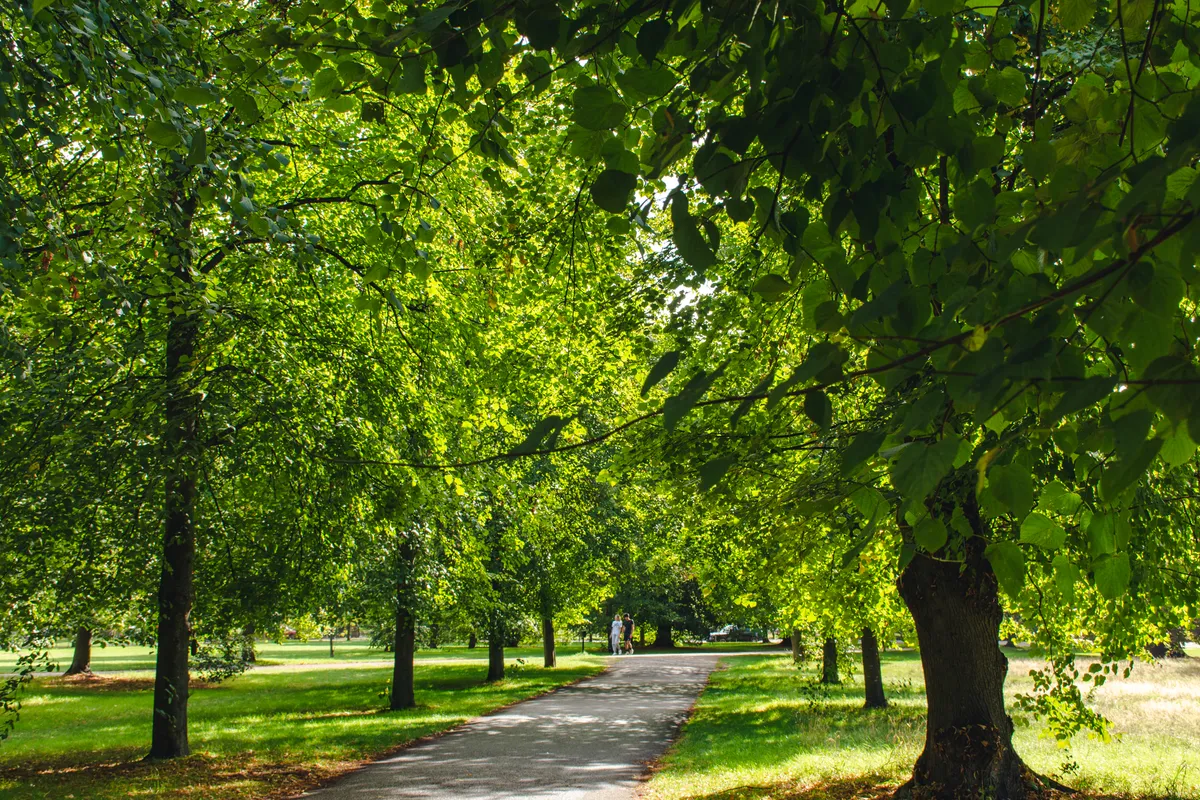
This central London Royal Park attracts a surprising number of birds. In spring, visit Kensington Gardens and listen for singing mistle thrushes and the discrete song of the treecreeper, its tone a squeaky warble.
Wanstead Park
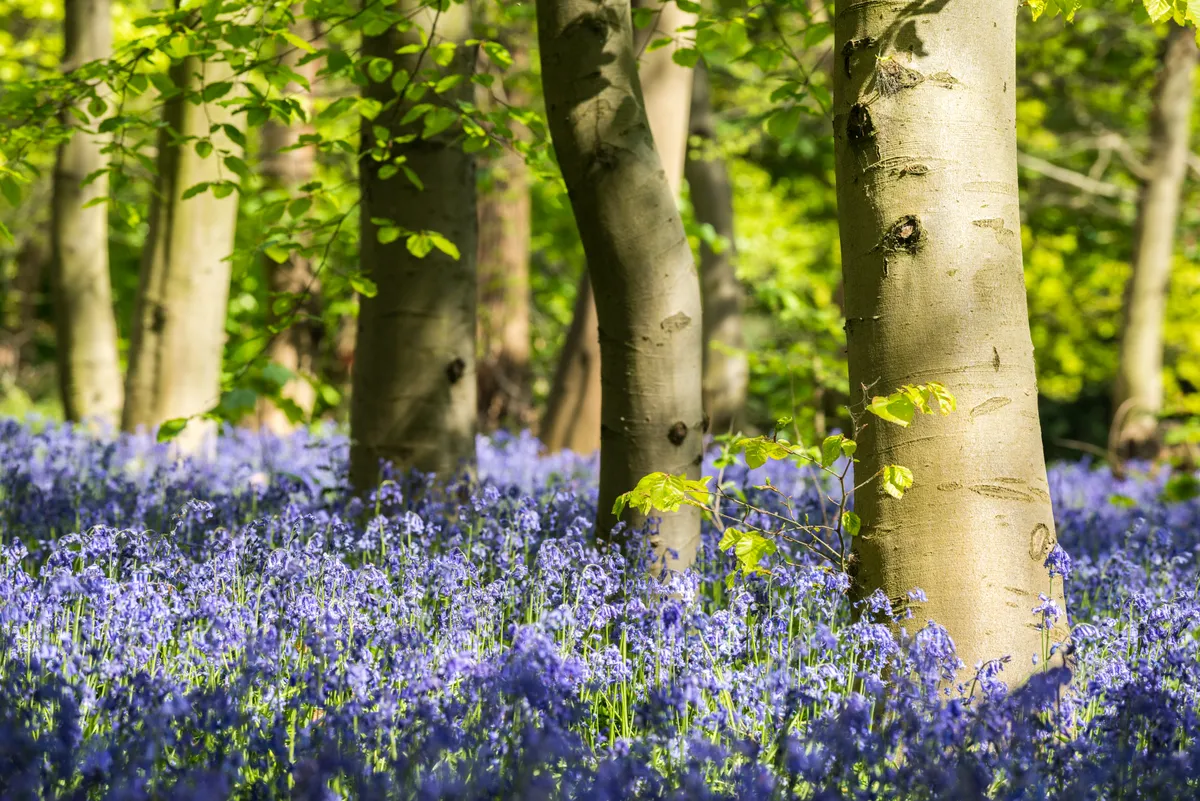
Wanstead Park provided an al fresco lifeline to East London locals in recent lockdowns, thanks to 140 acres of roamable public space and a legacy of naturalistic features from its former incarnation as a stately home.
Now managed by the City of London, there are walking trails, a system of five lakes, trees to climb, dens to make, and an abundance of wildflowers and wildfowl. Walk or run the 3.25-mile Chestnut Trail through Epping Forest from a choice of entrances east and south of the park. Spot herons and egrets nesting on the Perch Pond and Ornamental Waters. Follow the springtime mating and birthing journeys of swans, Canada geese, ducks and coots and their fluffy, inquisitive young around Heronry Pond and Shoulder of Mutton Pond.
Wormwood Scrubs

Deep within urban west London lies an oasis known as Wormwood Scrubs. At first glance, the Scrubs, as it is affectionately known, may not look like the sort of place that would attract birdlife.
Covering 183 acres and surrounded by urbanity, it is an attractive park encircled by a thin band of woodland, dominated by sycamore, birch and plane. Over half the park’s centre is taken up by sports fields. But there is a special magic about the place that is never more evident than in the spring.
The scrub and woodland begin to populate with good numbers of singing warblers in spring, including chiffchaffs, blackcaps, whitethroats and lesser whitethroats – a London scarcity. Not all stop to breed. The Scrubs can attract scarcer migrants, such as redstarts, garden warblers and even ring ouzels – a wary migrant thrush more usually found in the remote wild scree of western and northern Britain.
The evocative sounds of the summer migrants complement the resident and melliferous blackbirds, incessantly calling great tits and the conversational warbles of the many robins inhabiting my local patch.
Kew Gardens and Richmond Park
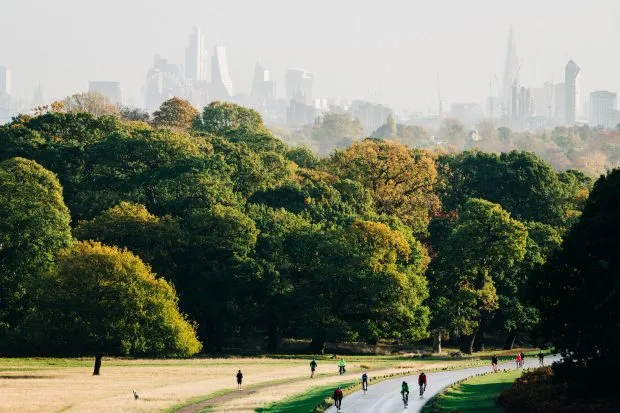
Take a walk along the Thames Path from Kew Gardens to Richmond Park on one of the the very best walking routes in London, offering both city residents and tourist alike a chance to go in search of birdlife.
On the Thames Path National Trail, watch out for herons, cormorants, kingfishers and squawking ring-necked parakeets.
South London Downs
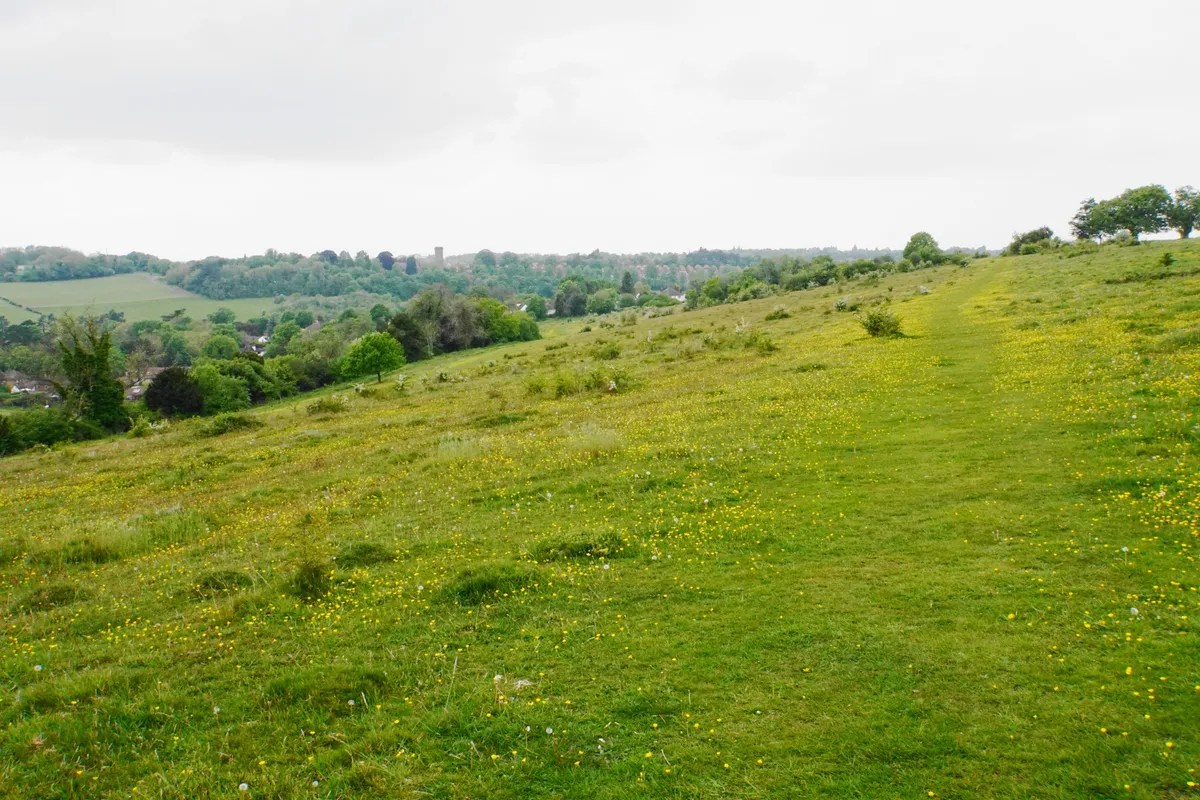
The reserve received its official designation in July 2019 in recognition of its valuable habitats, ranging from woodland and chalk downland to neutral grassland - all of which are important for local bird populations. The South London Downs in Coulsdon is only the third National Nature Reserve (NNR) in London and, at 417 hectares, is the second largest after Richmond Park.
